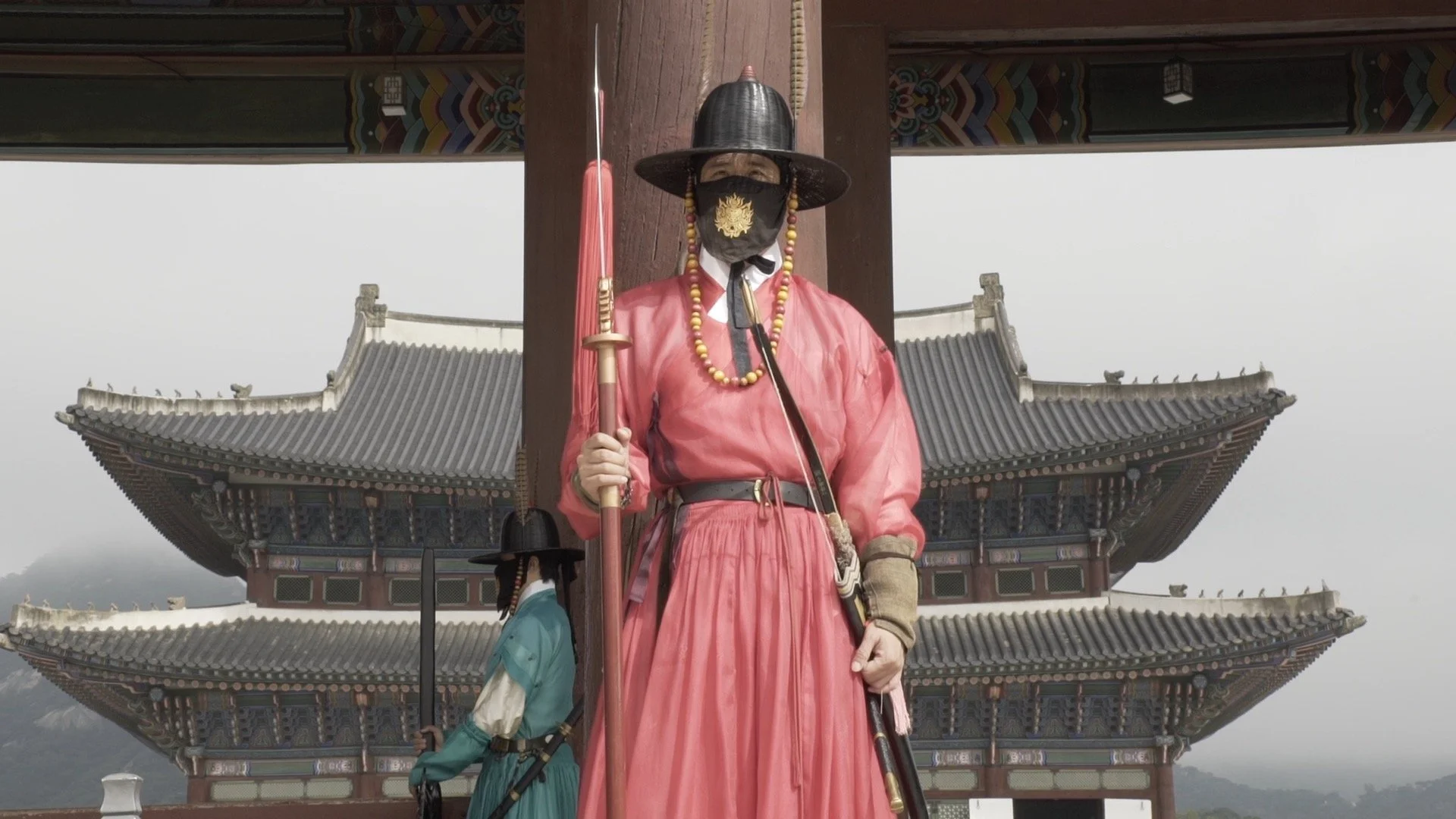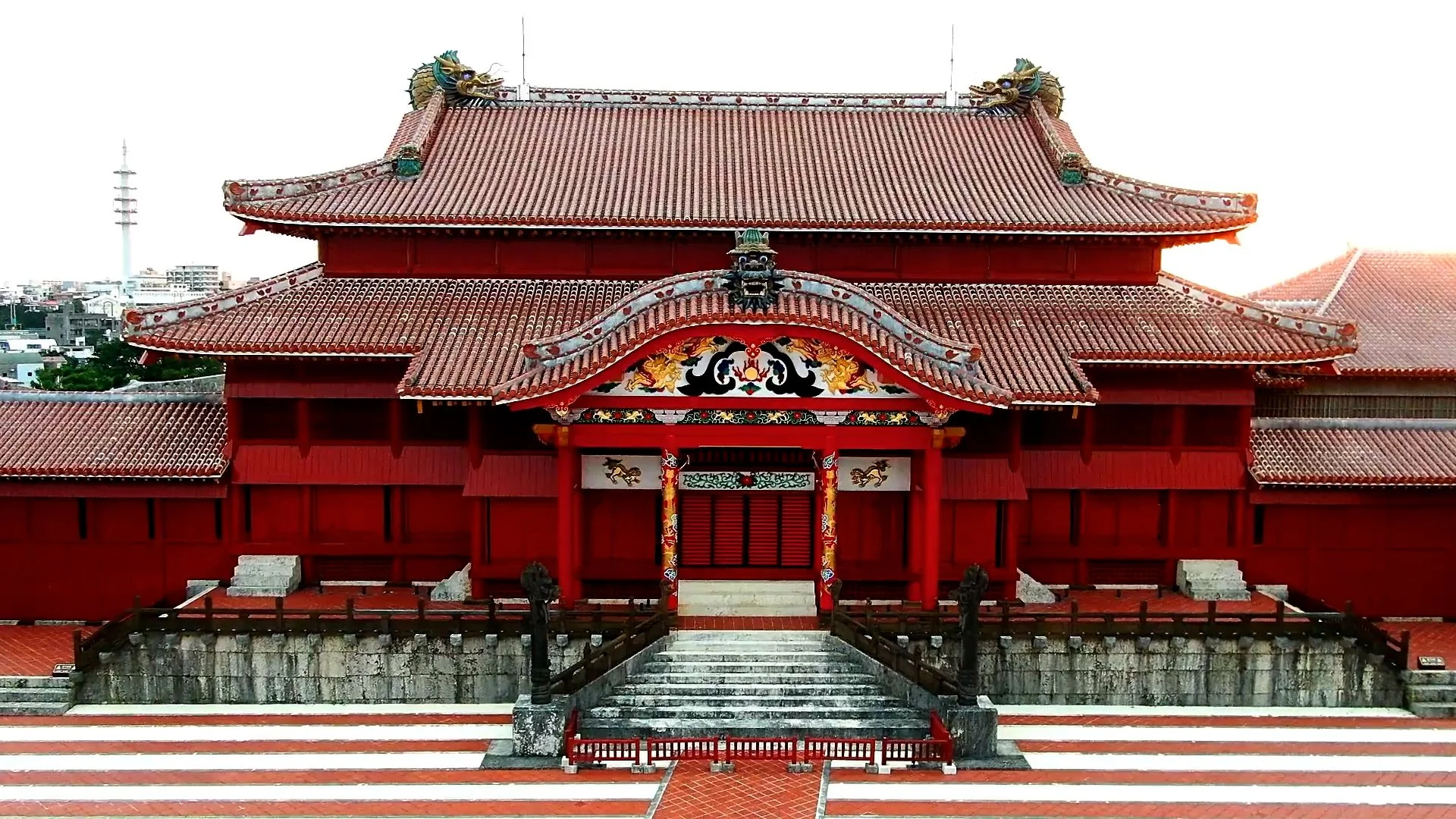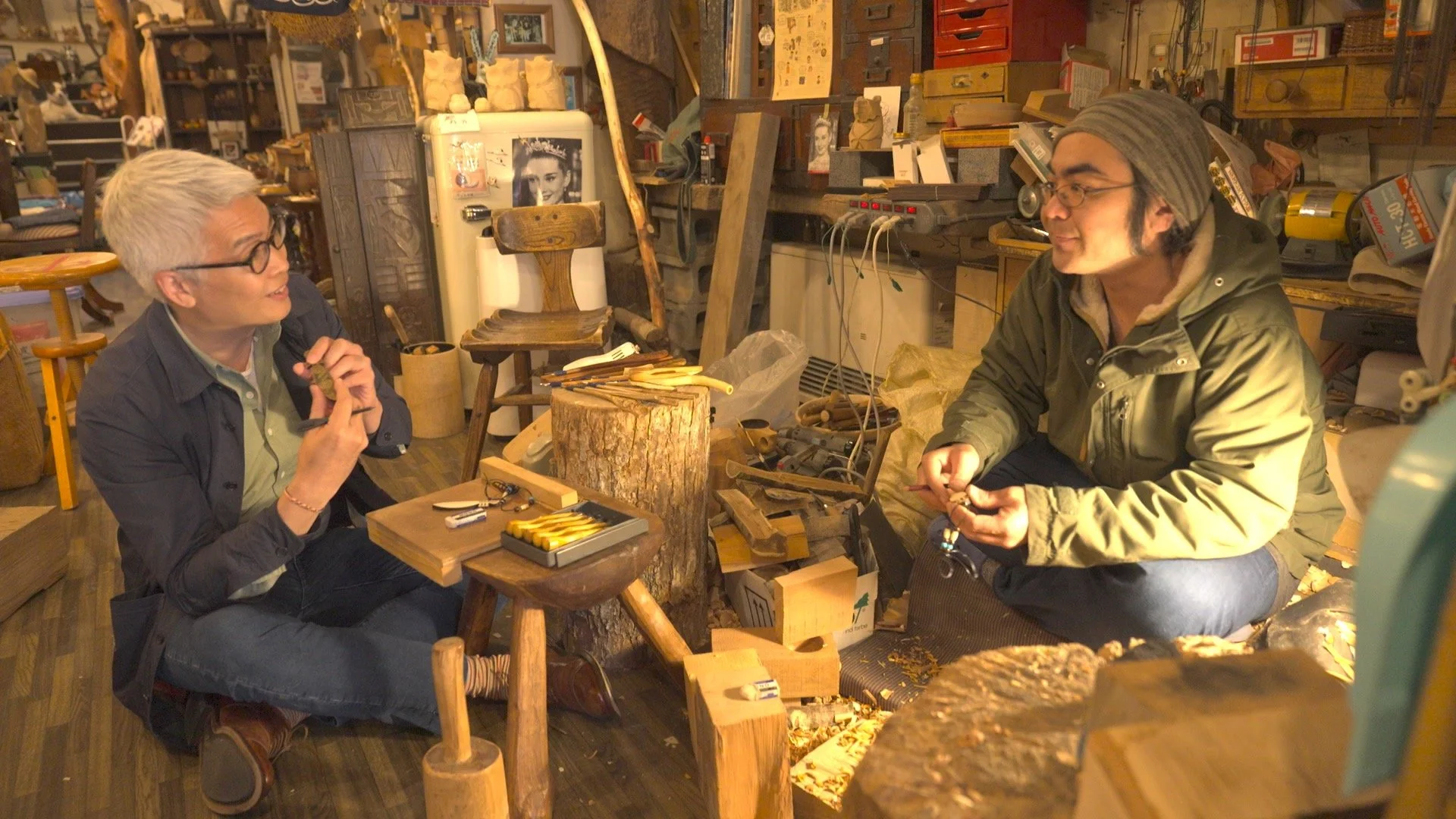The Mark of Empire presented by Peter Lee | Season Two
Singaporean curator and scholar, Peter Lee, once again seeks out epic legends and vibrant traditions of how four distinct peoples in East Asia made their mark in the region.
Over six weeks and covering 2,500km, Peter travels to South Korea, the birthplace of the Joseon dynasty and the longest reigning. In Japan, he discovers the mighty Tokugawa Shogunate and in Hokkaido, he goes in search of wild bears, home to the Ainu. Finally, to the southern Ryukyu Kingdom, home to enterprising merchants.
Watch the second season of The Mark of Empire
Warriors of Tokugawa
The Mysterious Shogunate That Ruled Japan For 265 Years
The Tokugawa shogunate, also known as the Edo shogunate, was the military government of Japan during the Edo period from 1603 to 1868. Japan was unified under the their rule, and they laid the foundations for modern Japanese culture.
Singaporean curator and scholar Peter Lee travels through Japan to chart this epic period in Japanese history, trying his hand at the ancient art of samurai swordsmanship, testing his skills at making fine porcelain, and getting behind the counter to make supersized sushi, the way it was before.
Joseon’s Defenders
How Did The Joseon Dynasty Reign In Korea For 500 Years?
Lasting over five centuries, the Joseon Dynasty was the Korean Peninsula’s longest reigning dynasty, and perhaps its most influential.
Singaporean Peter Lee embarks on an adventure across South Korea to learn how this modern nation was shaped by Joseon-era traditions and milestones. Along the way, he meets a fashion designer reviving traditional costumes for the social media generation, tests his Korean language skills in a classroom, and joins in on a pop band’s rehearsal that takes inspiration from Pansori, traditional musical storytelling.
Merchants of Ryuku
Japan’s Islanders Living In The Extreme South
Located to Japan’s extreme south, the Ryukyu Archipelago was the setting for the small but vibrant Ryukyu Kingdom that emerged 600 years ago.
Peter travels to its idyllic island settings to see how the Ryukyu identity is finding new meaning today as he visits a tattoo studio reviving an almost-lost traditional style, goes on a beachside horseback ride with the islands’ native horses, and tests his skills with a weapon through Kobudo martial arts.
Descendants of Ainu
Hokkaido's Near-Forgotten Ainu People,
Who Thrived In Nature
Japan’s northern island of Hokkaido is a must-see tourist destination for millions across the region, but not many know about its ancient inhabitants — the indigenous Ainu people.
Singaporean scholar Peter Lee travels to the land of the Ainu, with its scenic landscapes and abundant natural resources, to learn more about how this resourceful people survived and thrived off the land. Along the way, he meets Ainu artisans who make textiles out of treebark. He visits a traditional Ainu Kotan, or Ainu village, and goes on a hike in the majestic Shiretoko Peninsula, on the search for wild bears.
Peter Lee
Peter Lee is an independent researcher, and the Honorary Curator of the NUS Baba House — a historical house museum managed by the National University of Singapore.
He co-authored The Straits Chinese House with Jennifer Chen, published by the National Museum of Singapore in 1998 and 2006. In 2008, he produced Junk to Jewels — The Things that Peranakans Value, an exhibition and catalogue for the Peranakan Museum. He co-curated Sarong Kebaya, which opened in April 2011 at the same museum and a book he wrote on the subject was published in 2014. In 2018 this book was shortlisted for the Singapore History Prize. The 2013 exhibition Inherited and Salvaged: Family Portraits from the NUS Museum Straits Chinese Collection was comprised largely of portrait paintings he had assembled. He also contributed an essay to the exhibition catalogue that was published in 2015. In 2016, he co-curated Singapore, Sarong Kebaya and Style at the Fukuoka Art Museum and the Shoto Museum in Tokyo. He was the guest curator of Port Cities: Multicultural Emporiums of Asia, 1500-1900 at ACM, which opened in November 2016, and co-authored its exhibition catalogue. In 2017, he was the historical consultant for a Peranakan-themed short film launched at the Singapore Changi Airport Terminal 4. Peter was also the guest curator of Amek Gambar: Peranakans and Photography, an exhibition held at the Peranakan Museum from 2018 to 2019. In 2020, The Mark of Empire, a four-part documentary in which he features as the series’ host, was broadcast regionally by Channel News Asia, Singapore, and uploaded on YouTube.








